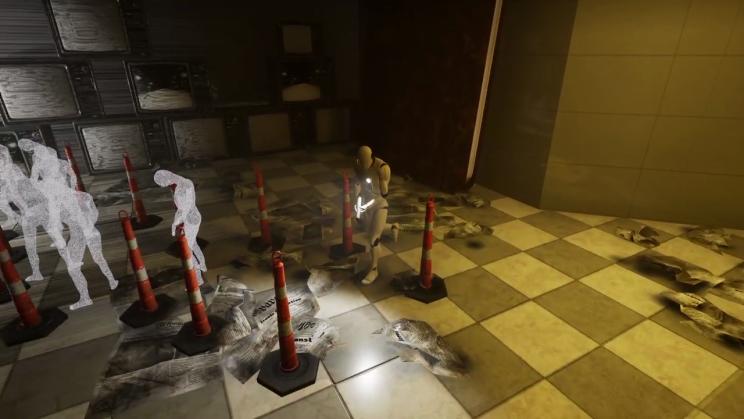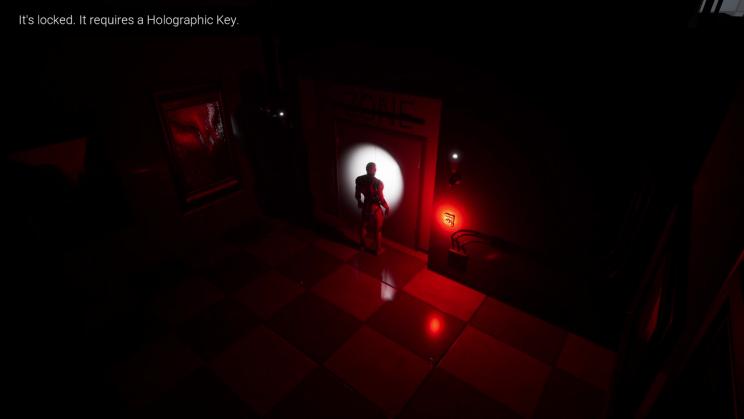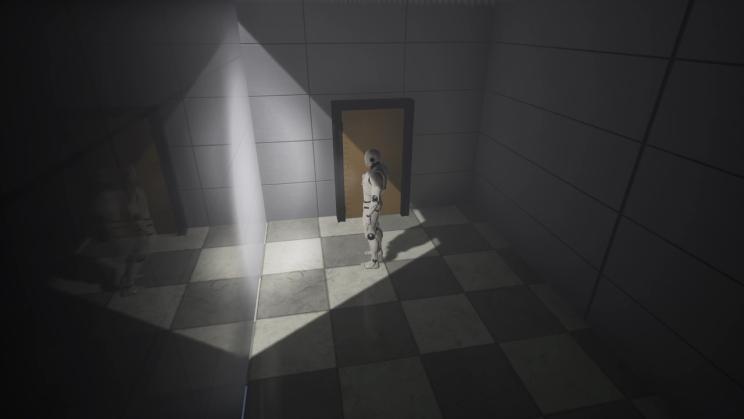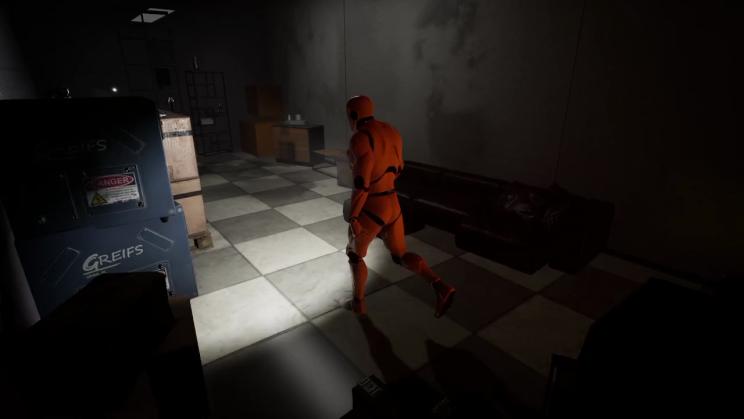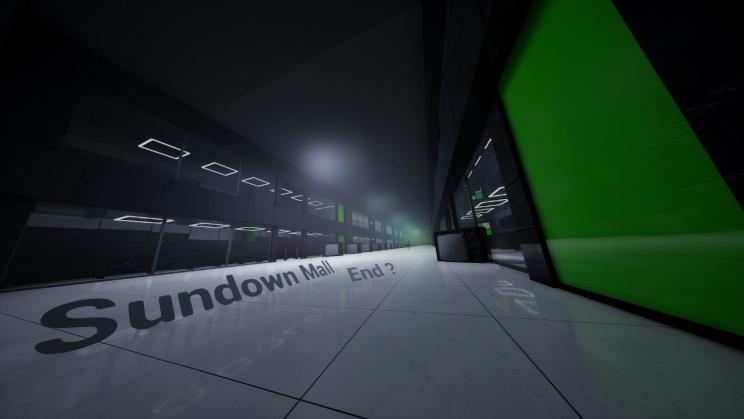35 years of mdh - Inspirational thesis no. 3 (March 2023)
21.04.2023
2023 – our anniversary year! We are celebrating 35 years of mdh. As part of this, we are taking a look at the past, showing locations and faces as well as exceptional final theses.
The thesis of the month March comes from Vincent C. Schulze, who successfully completed his studies in Game Design at mdh Berlin this year. His bachelor thesis, entitled „The Influence of the Uncanny Valley Effect on the Levels presented in Silent Hill 2,“ deals with the influence of the Uncanny Valley Effect* on the level and environment design of the video game Silent Hill 2 and examines why the 2001 game is still considered a classic of the survival horror genre today.
*The „Uncanny Valley Effect“ is a concept from robotics and computer graphics that describes how human-like objects or figures can evoke negative emotions in viewers when they move in a certain range between realistic and unnatural. In this range, known as the „Uncanny Valley,“ viewers feel uncomfortable or even disgusted because the objects or figures are human-like but still do not appear perfectly human. The effect was first described by the Japanese robotics expert Masahiro Mori and is now also important in the field of video game development, as it can contribute to players identifying more strongly with the game world or even feeling repelled by it.
The bachelor thesis impressively shows how the game Silent Hill 2 uses the Uncanny Valley effect in a subtle and effective way to create an eerie atmosphere that is both disturbing and unforgettable. The paper provides profound insights into the importance of eerie spaces in game design and how they can help create a more immersive gameplay experience.
It also particularly emphasizes the importance of careful level design, which is essential for an engaging game experience. However, the bachelor’s thesis also emphasizes that future research and testing is needed to further explore the theory of the Uncanny Valley effect and to gain further insight into how designers can use this effect to create an effective and engaging game environment.
In the practical part of his work, Vicent C. Schulze developed his own game. To do this, he analyzed in detail the level designs of Silent Hill 2 using Dan Taylor’s (2013) ten principles for good level design, as well as Diel and Lewis‘ (2022) theories on applying the Uncanny Valley effect to structures.
Vincent C. Schulze developed the level and environment design of his game with the goal of replicating the experience of Silent Hill 2 and creating an eerie atmosphere through the use of elements of the Uncanny Valley effect. The environment is designed to give the player a sense of control, while being highly playable and effective. The result is a successful project that creates an immersive gaming experience through a clever combination of good design and design principles.Overall, the thesis, „The Influence of the Uncanny Valley Effect on the Levels presented in Silent Hill 2,“ provides valuable insight into the influence of the Uncanny Valley Effect on level and environment design in video games. It shows how a combination of theory and practice can help create a successful game with a memorable atmosphere.
Overall, the thesis "The Influence of the Uncanny Valley Effect on the Levels presented in Silent Hill 2" offers valuable insights into the influence of the Uncanny Valley Effect on level and environment design in video games. It shows how a combination of theory and practice can help create a successful game with a memorable atmosphere.
